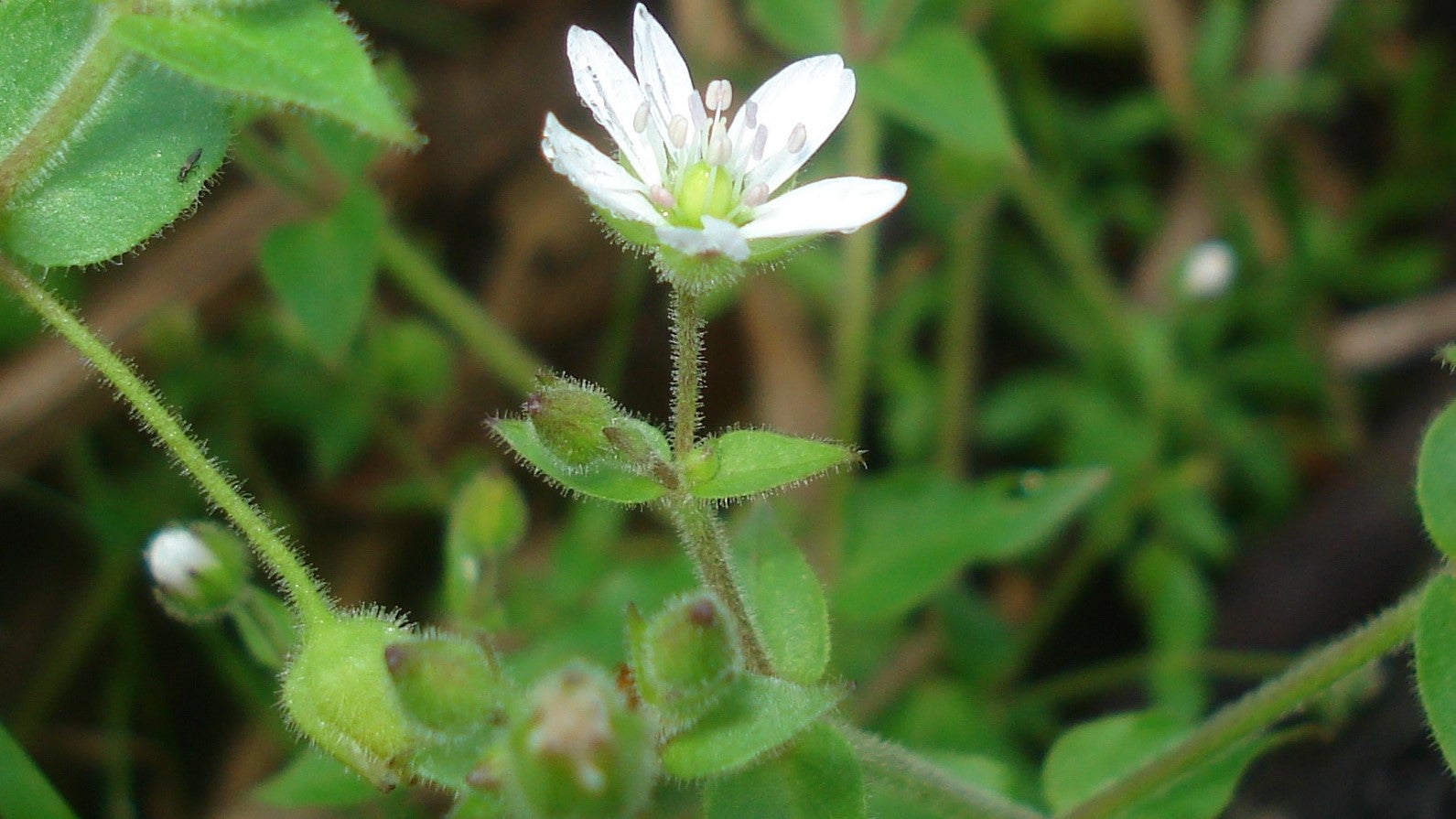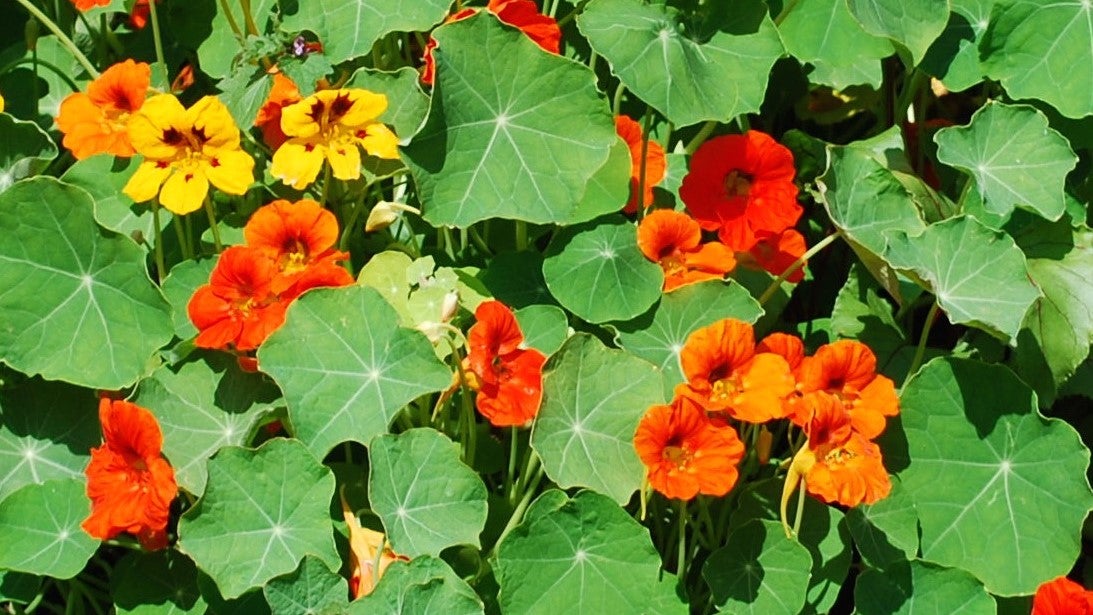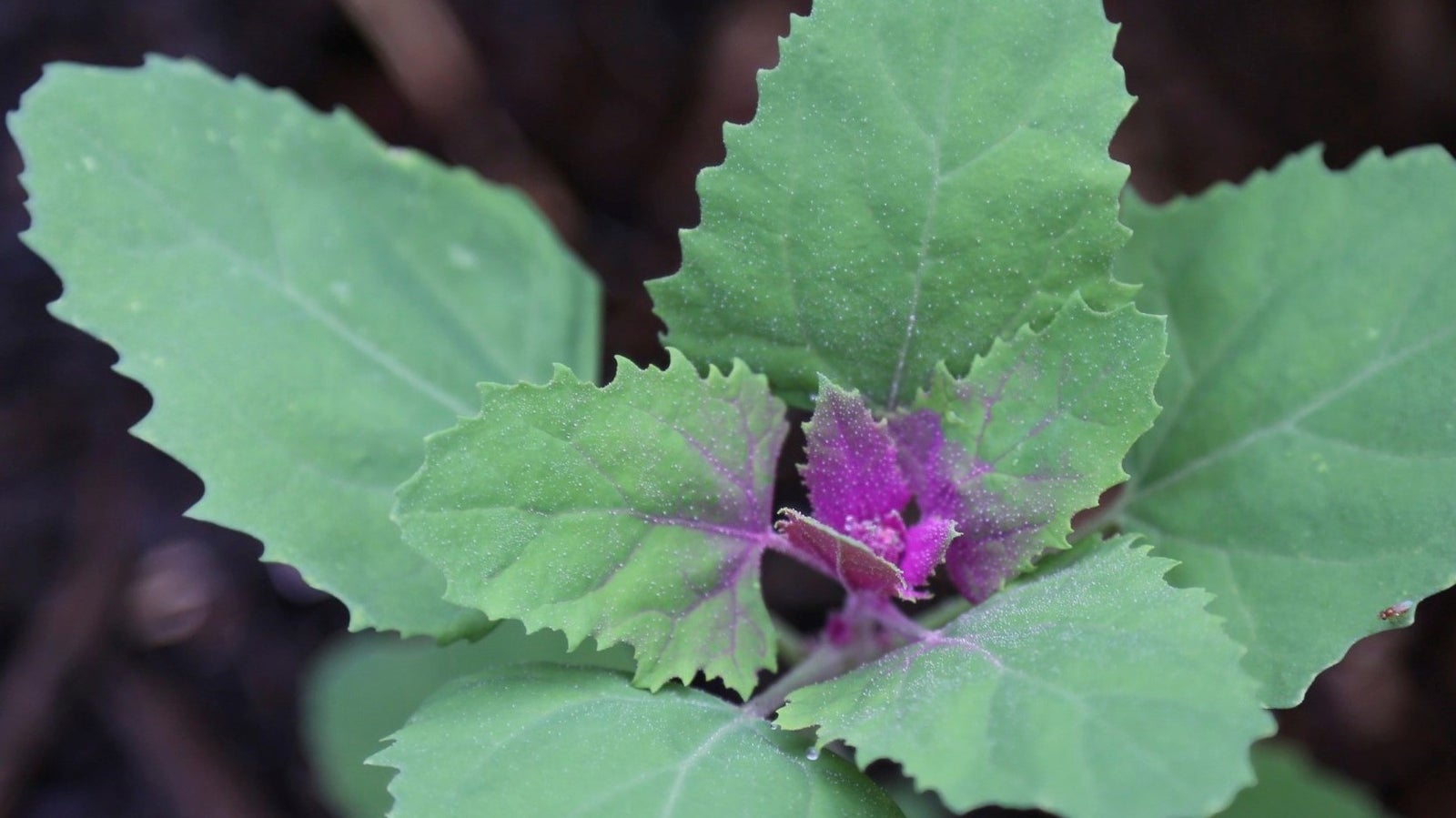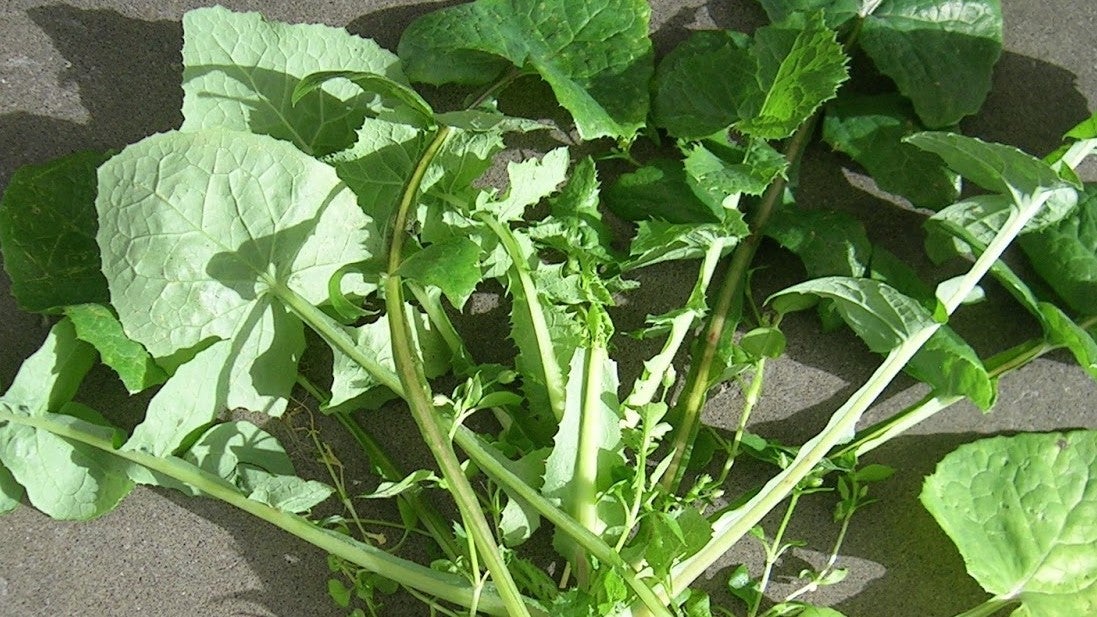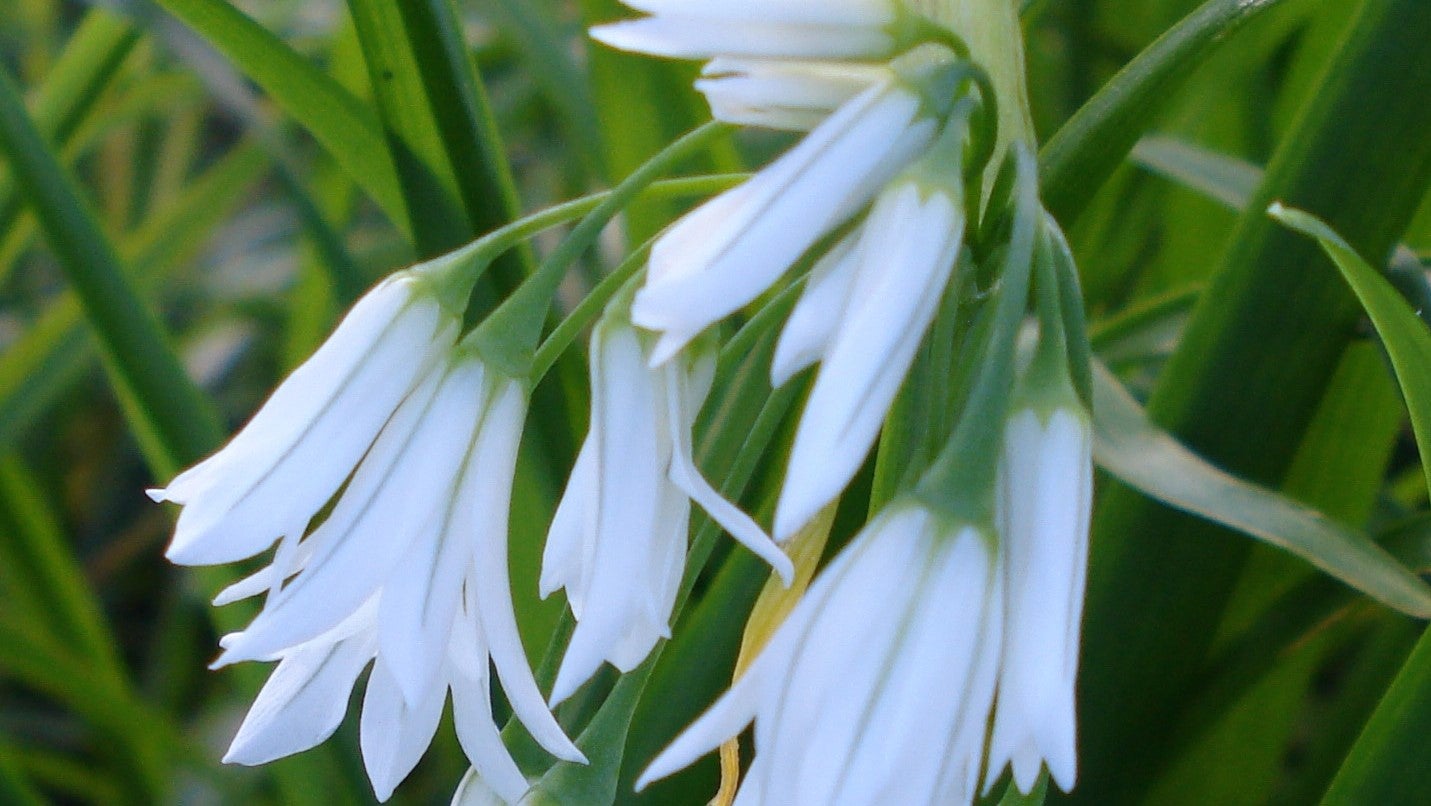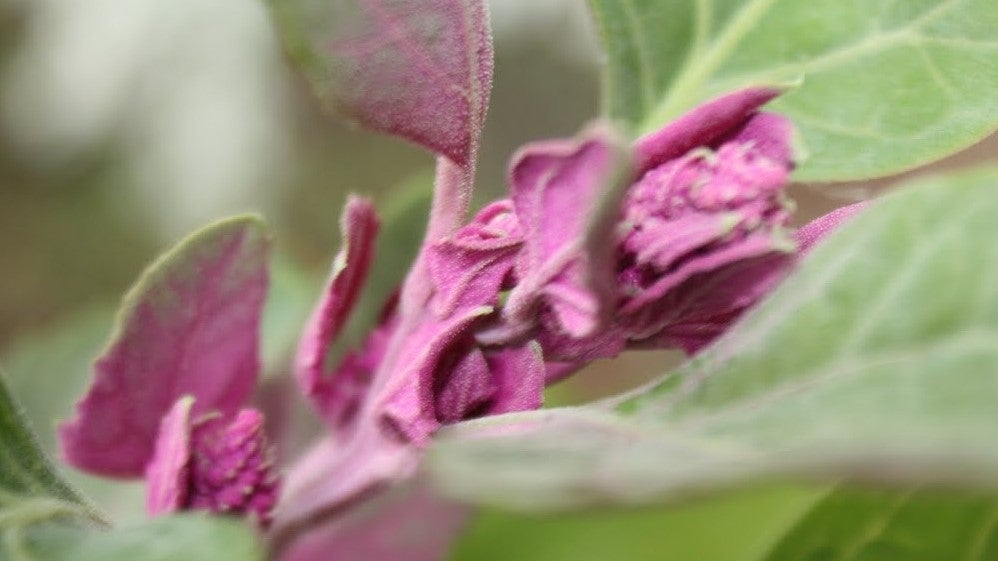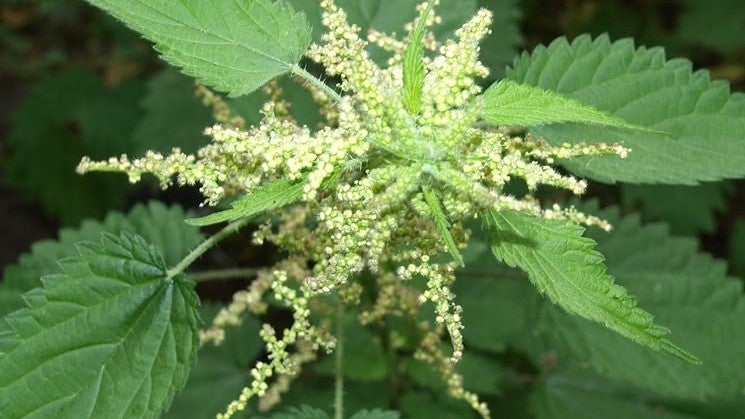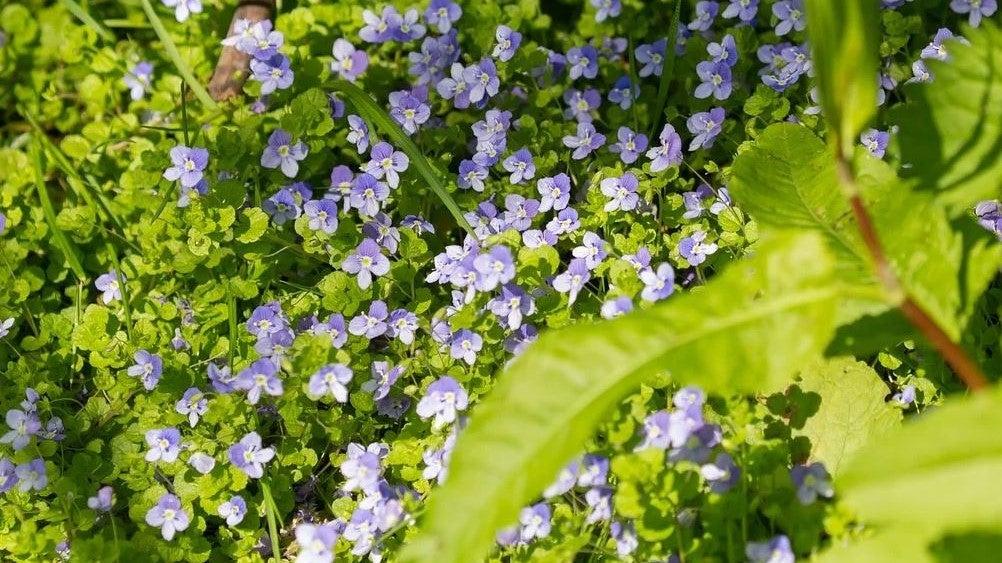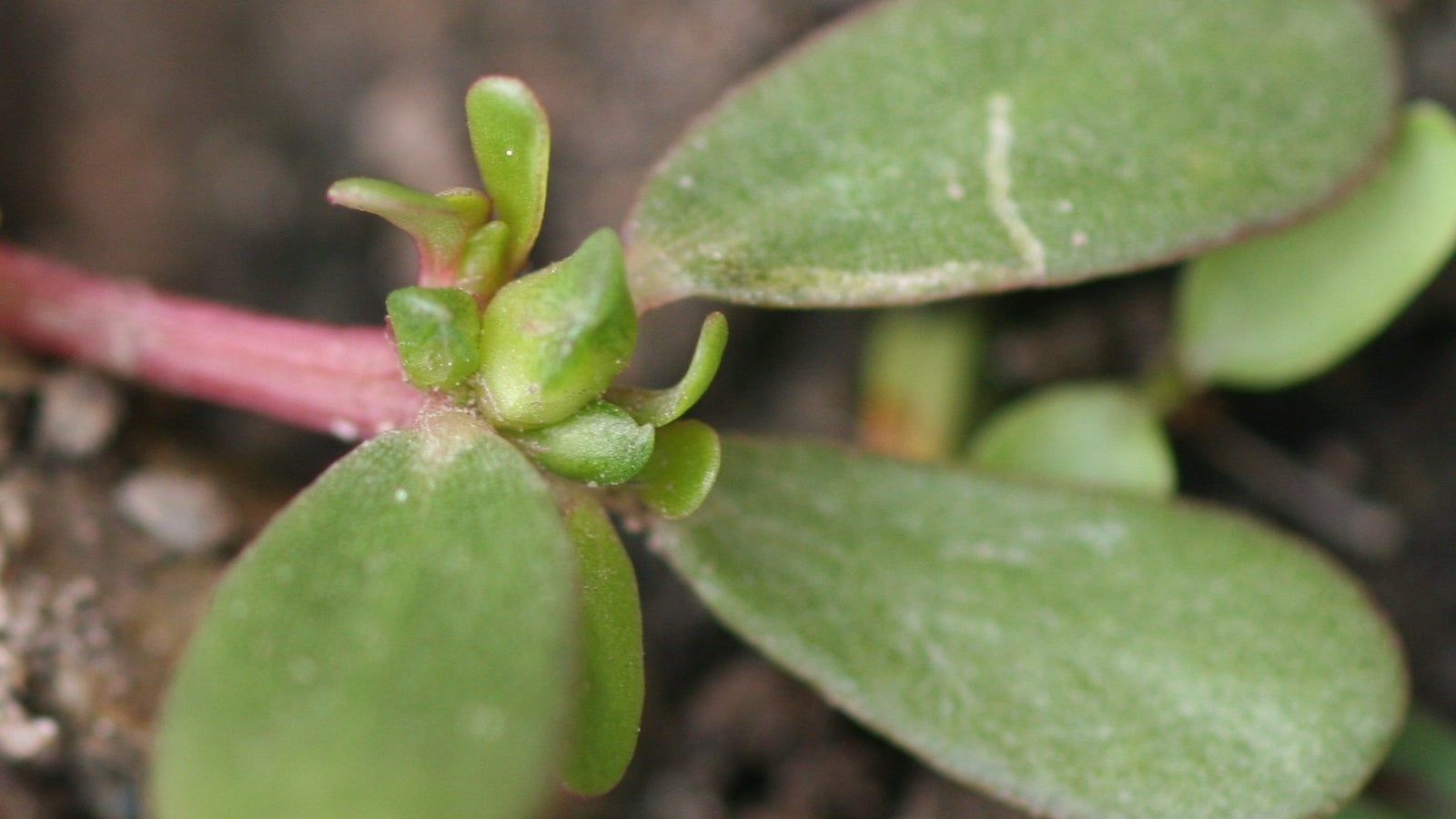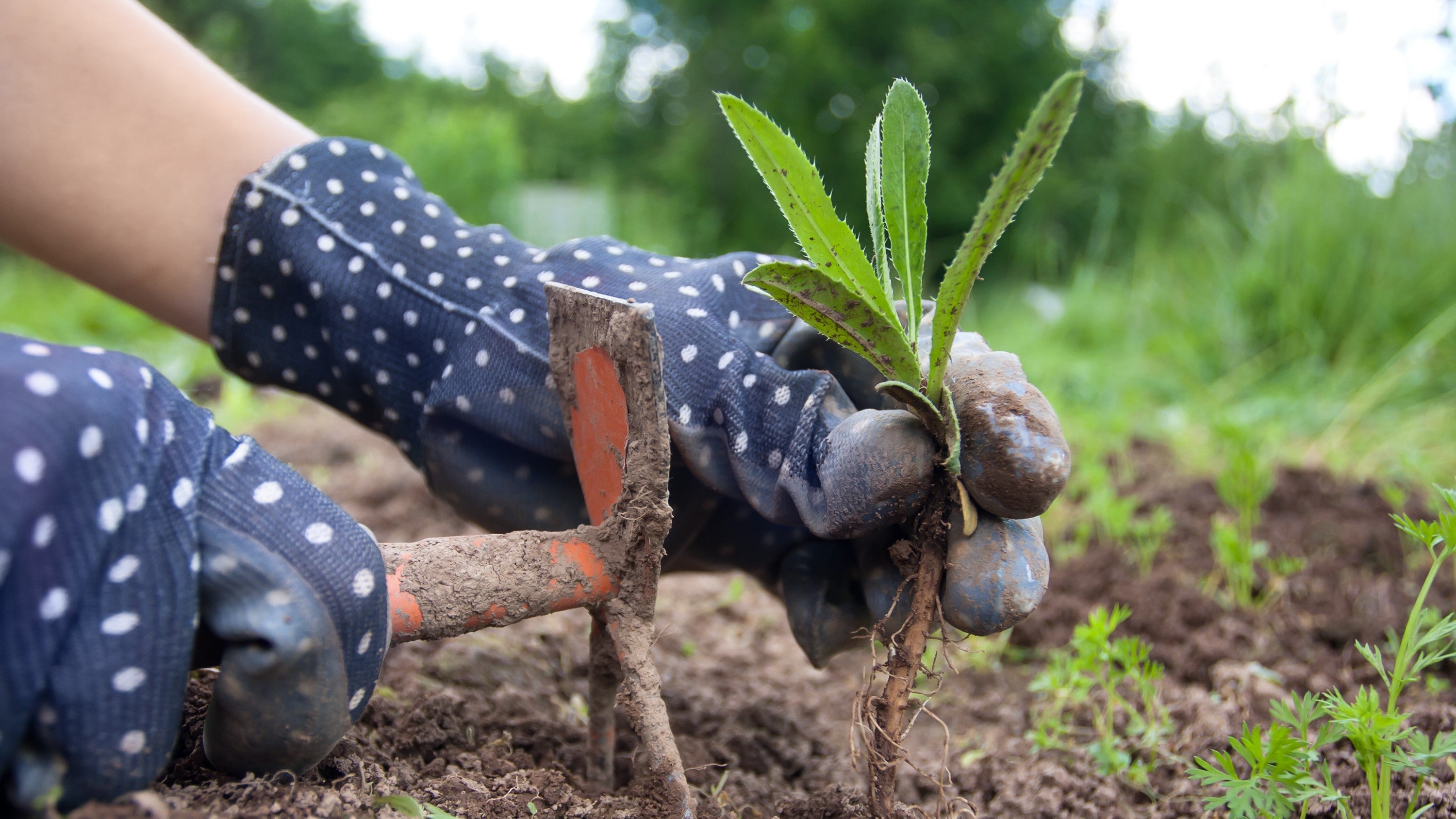
Edible Weeds
18 Mar, 2021
Weeds in the garden aren’t all bad though and having them around in a controlled situation they can host beneficial insects, be a decoy plant to lure pests away from garden plants and some of them are edible. It is important to note: Please make sure you know for certain which plants are edible and if in doubt don’t eat it. Mistaken identity can be dangerous.
Edible Weeds and Their Uses
Chickweed Stellaria media
As a weed:
This is an annual weed that commonly germinates in autumn and grows through the winter in damp soil but will grow well at any time of year. It has a sprawling scrambling habit and can smother desirable plants.
Control:
It is easy to pull Chickweed by hand or remove with a hoe. Improving the drainage in the garden will make the soil less inviting. Avoid letting it set seed as the seeds can last in the soil for many years.
As an Edible:
Chickweed flowers and leaves can be eaten raw or cooked. It is great in salads, pesto, used like sprouts or as an alternative to spinach. Chickens love it as it is also said to increase the output of hens’ eggs.
Warning: In large enough quantities it can cause stomach upset.
Nasturtium (Tropaeolum majus)
As a weed:
Nasturtium only needs to be planted in the garden once, as often times it finds an opportunity to escape and run rampant throughout the garden. It is a quick maturing annual or short-lived perennial that spreads rapidly and can get at tall as 2m. It self-seeds readily and doesn’t mind poor soil or adverse conditions like wind, damp, or salty air. It can smother other desirable plants if not kept under control.
Control:
It is easy to remove by hand or cut back to control it. A good hard frost will kill it, however due to the prolific self-seeding it can return in warmer weather. It can also resprout from stem fragments so avoid putting in the compost.
As an Edible:
Both the leaves and the flowers are edible and make a delightful, addition to salads. The leaves can be used to make a peppery pesto and the seeds can be used to make “poor man’s capers”.
Lambs Quarters (Chenopodium album)
As a weed:
Lambs Quarters, also known as Fat Hen, is a summer growing annual. It has an extensive fibrous root system and can grow up to 2m high. It is often found in gardens, construction sites and waste areas. It grows in a wide range of soil conditions although prefers well drained soil. Each plant can produce tens of thousands of seeds that remain viable for many years.
Control:
The plant is killed by frost, however preventing it from setting seed will help control the spread. Hoeing or pulling young seedlings works well.
As an Edible:
It has been used as a vegetable and grain for centuries and the leaves a great in smoothies or raw in salad or as an alternative to spinach.
Warning: In large enough quantities it can cause stomach upset.
Puha (Sonchus kirkii)
As a weed:
Puha is found throughout New Zealand, in many locations including gardens, disturbed ground and waste lands. Each plant can produce up to 25,000 seeds that are dispersed on the wind and can travel long distances.
Control:
It is easily removed by pulling out or hoeing when young.
As an Edible:
Young tender leaves taste best and can be eaten raw in salads or cooked and used like spinach.
Onion Weed (Allium triquetrum)
As a weed:
This beautiful though annoying weed pops up, looks lovely but regularly gets out of hand and is very hard to get rid of. The seeds and offset bulbs allow it to spread. It likes hot and cold conditions, wind, semi-shade, and damp heavy soils.
Control:
Constantly digging out the plants and bulbs and putting it in with the household rubbish or burning it can eventually remove it. Sprays will only remove its neighbours and give it more space. It doesn’t like competition or heavy shade so planting vigorous taller plants close by can outcompete it.
As an Edible:
All parts of the plant have a subtle flavour somewhere between leek and spring onion and can be eaten. It is great in Asian soups and salads or as an alternative to chives and spring onions.
Amaranth (Amaranthus spp)
As a weed:
There are many varieties of Amaranth grown as an ornamental or for its seeds, however there are 11 species in New Zealand that have been identified as weeds. They like dry conditions and are often found in wastelands. They are a summer flowering annual that produce a significant number of seeds that makes them known as a super weed.
Control:
Frost will kill the plant off at the end of the season, however it is easy to control the young plants by hand weeding and hoeing or even mowing over them can keep them in check and reduce seed production.
As an Edible:
The leaves can be used like spinach and are great cooked or eaten raw in salads. The seeds are said to be a healthy grain alternative.
Stinging Nettle (Urtica urens)
As a weed:
Nettles are a perennial plant that spreads below ground with rhizomes and above ground with stolon’s and via the seeds. The foliage has a nasty sting when contact is made with skin.
Control:
It can be removed by hand, and gloves should be worn. Younger plants are easier to remove. Mowing over them can keep them in check and reduce the seed set.
As an Edible:
When cooked it loses its sting and is high in iron, and great cooked in soups or stews, or can be used to make a very wholesome herbal tea. Nettle has also been used traditionally for brewing a refreshing beer.
Speedwell (Veronica persica)
As a weed:
With its dainty little flowers this herbaceous annual is relatively attractive, and quite capable of growing right through a bed and smothering out your seedlings. It can germinate in spring and autumn and produces a lot of seeds.
Control:
Hoeing or hand pulling easily removes the plant and can add extra organic matter to the compost.
As an Edible:
It has a tasty flavour reminiscent of watercress and is great to add to smoothies or chop up finely and add to salads or make a pesto.
Purslane (Portulaca oleracea)
As a weed:
Purslane is an annual succulent weed and can be found throughout New Zealand. It tolerates poor soils and can cope well with drought. It has a taproot and produces many seeds that are dispersed by being thrown far from the parent plant. It can also sprout from broken stem fragments.
Control:
Hand weeding is easy enough to do, however do not put in the compost as it can easily regenerate in there.
As an Edible:
Purslane is crunchy with a slight sour tang and is great in salads and smoothies. Its mucilaginous qualities make it suitable for soups and stews.
